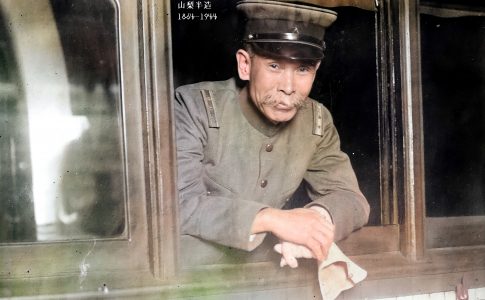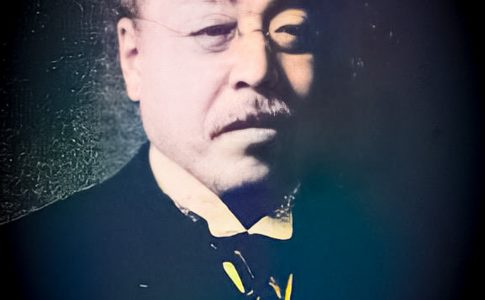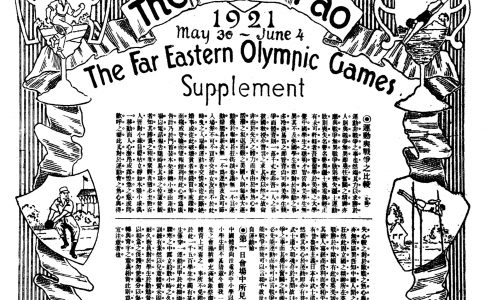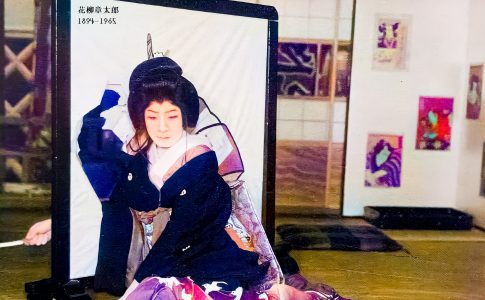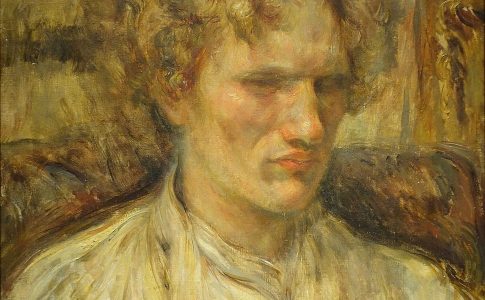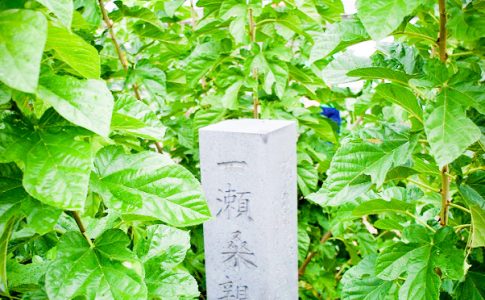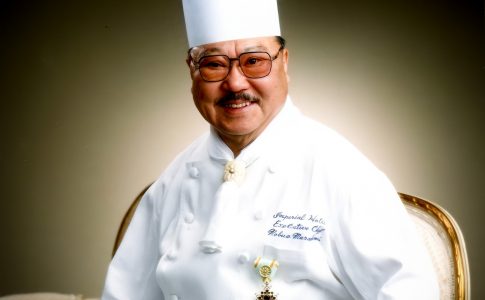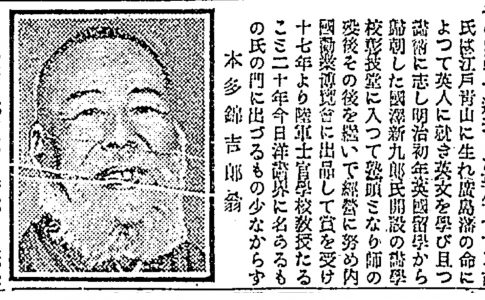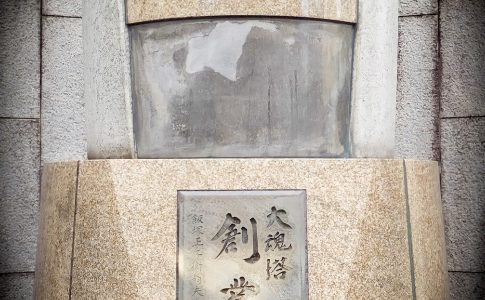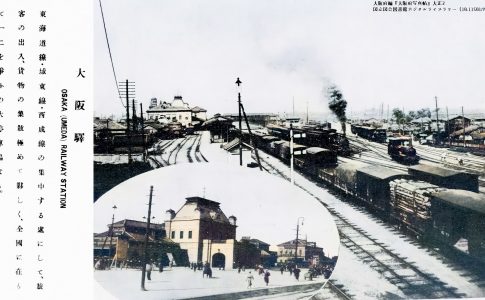Tuesday, May 31 1921: Hanzo YAMANASHI will be appointed to Army Minister
1921 (Taisho 10) Tuesday, May 31 Prime Minister Takashi HARA visited Aritomo Yamagata. Yamagata came to Tokyo from his home in Odawara on the 28th and stayed at the Chinzan-so villa in Tokyo. In February, Army Minister Giichi TANAKA received angina pectoris and submitted his resignation, but Prime Minister Takashi HARA did not accept his resignation. Hara consulted with Yamagata about the appointment of Tanaka’s successor. Hanzo YAMANASHI, who was recommended by Tanaka, was tentatively appointed as his successor. Yamanashi carried out the first disarmament in the Army’s history the following year. This famous disarmament is called Yamanashi Disarmament. Takashi Hara visited Aritomo Yamagata and said as follows. As for...

